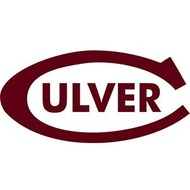Colliding Neutron Stars Create Black Hole and Gamma-ray Burst
(View Complete Item Description)This video from NASA describes the detailed computer modeling used to predict that colliding neutron stars can produce gamma-ray bursts similar to those associated with black holes.
Material Type: Lesson














